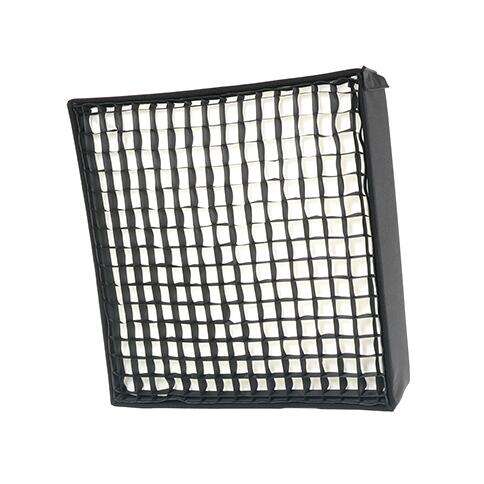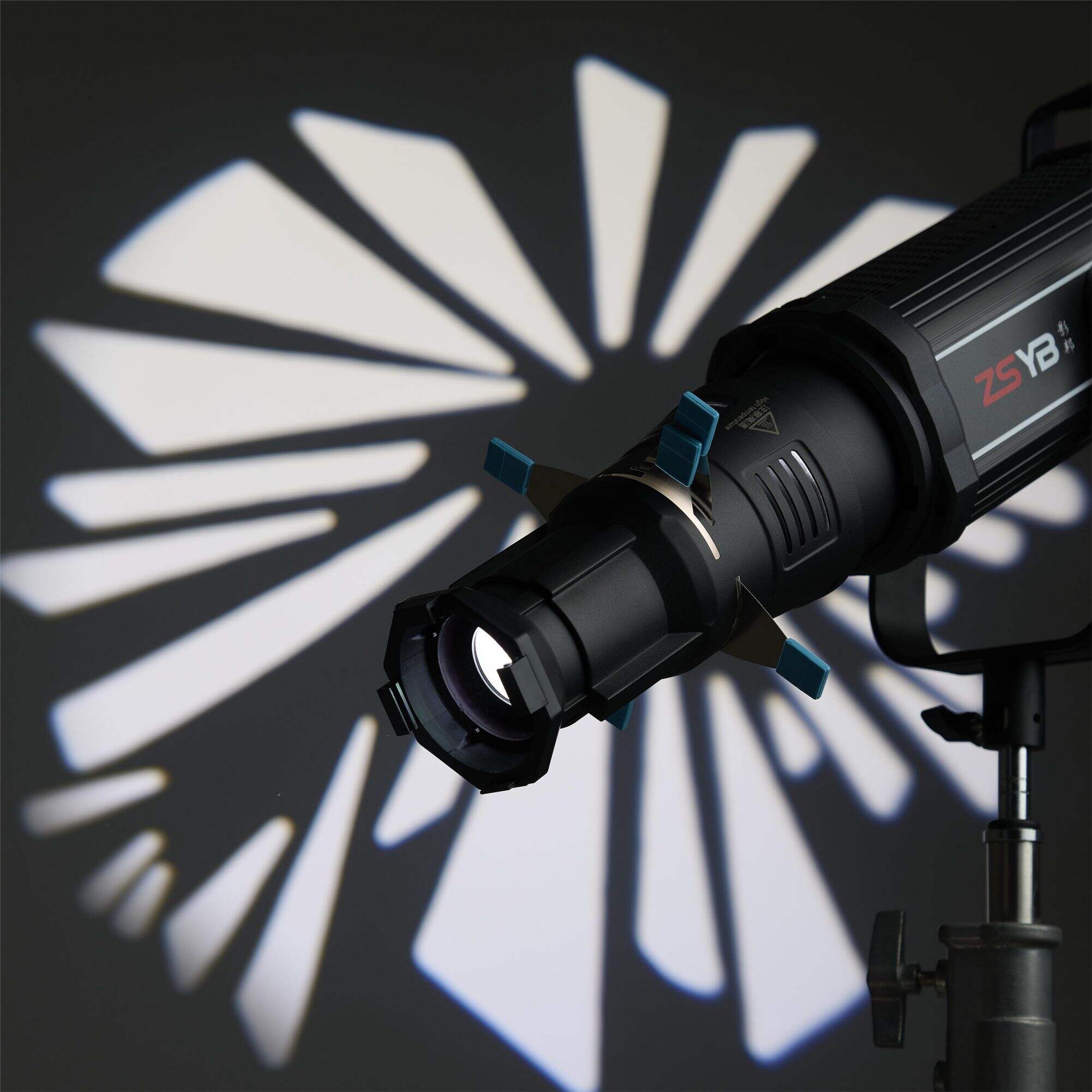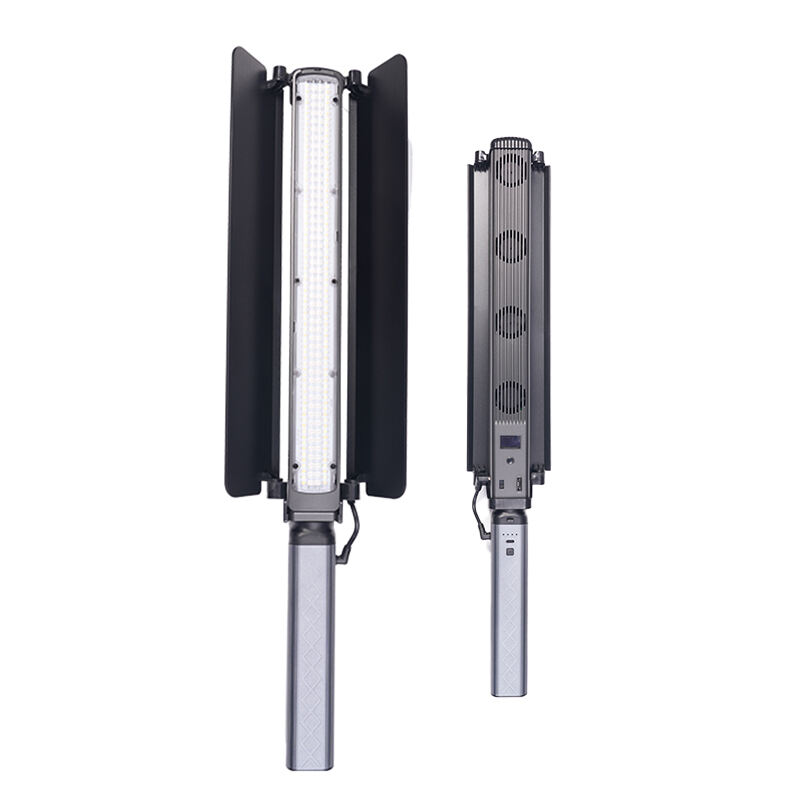éclairage LED
L'éclairage LED représente une avancée révolutionnaire dans la technologie de l'éclairage, alliant efficacité énergétique et fonctionnalité polyvalente. Ces dispositifs d'éclairage à semi-conducteurs utilisent des diodes électroluminescentes pour convertir directement l'énergie électrique en lumière, atteignant des rendements remarquables pouvant aller jusqu'à 90 %. Les lampes LED modernes intègrent des circuits électroniques pilotés sophistiqués et des systèmes de gestion thermique, permettant un contrôle précis de la luminosité, de la température de couleur et de la consommation d'énergie. Cette technologie trouve des applications dans divers secteurs, allant de l'éclairage résidentiel et commercial à l'éclairage industriel et architectural. Les appareils d'éclairage LED se déclinent sous différentes formes, notamment ampoules, bandes, panneaux et appareils intégrés, chacun étant conçu pour répondre à des besoins d'éclairage spécifiques. La capacité de cette technologie à produire une lumière directionnelle la rend idéale pour l'éclairage de travail, tandis que sa compatibilité avec les systèmes domotiques permet des fonctionnalités avancées telles que la commande à distance, la programmation horaire et la modification de la couleur. Les lampes LED fonctionnent à des températures plus basses que les solutions d'éclairage traditionnelles et possèdent une durée de vie impressionnante pouvant atteindre 50 000 heures, ce qui en fait une solution d'éclairage fiable sur le long terme. Leur construction robuste résiste aux vibrations et aux commutations fréquentes, tandis que leur composition sans mercure garantit une sécurité environnementale.


